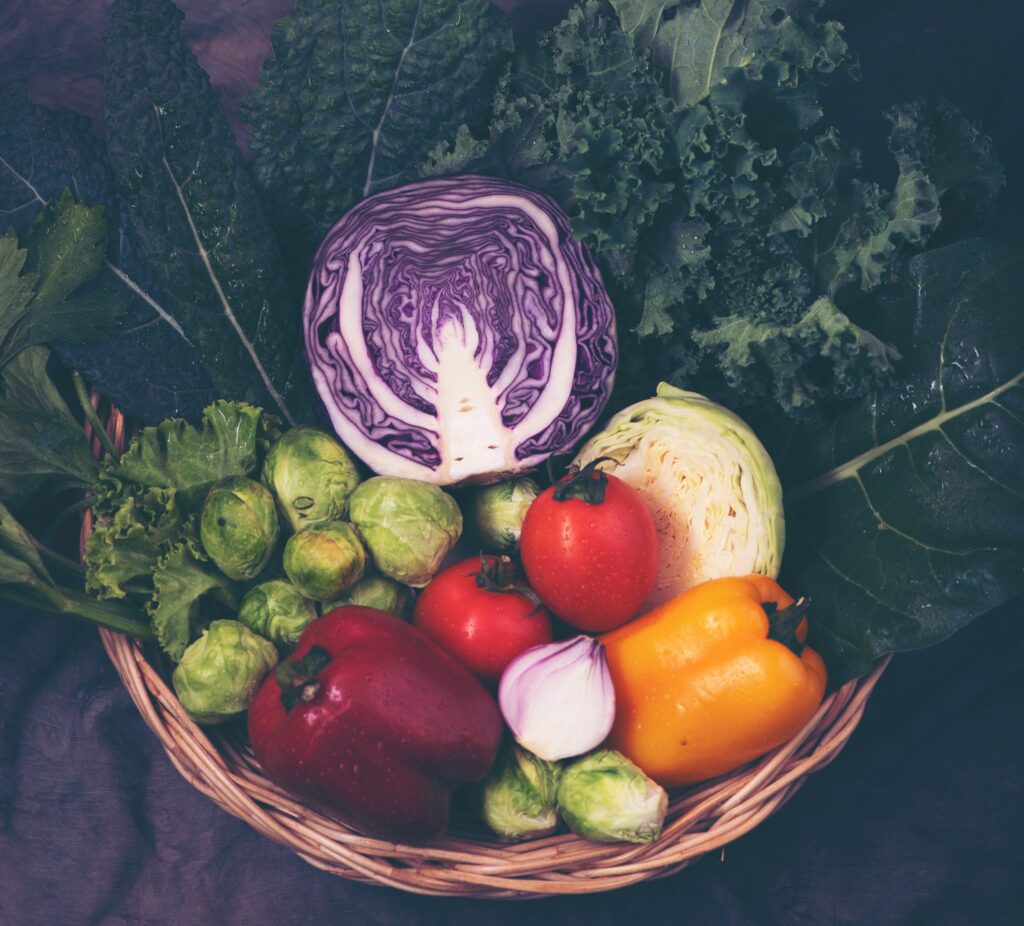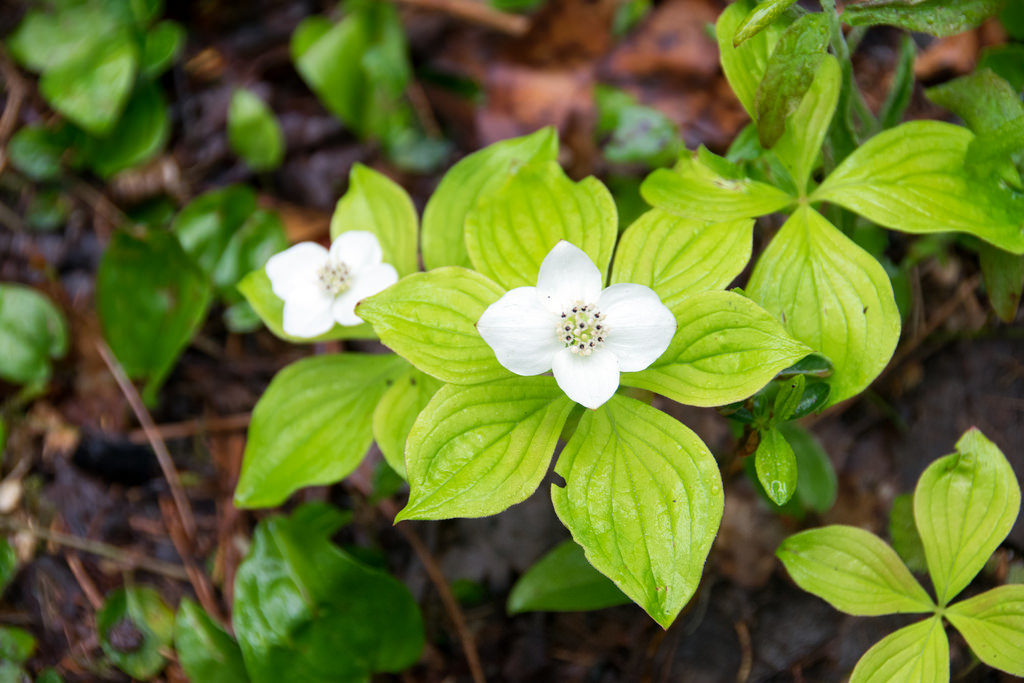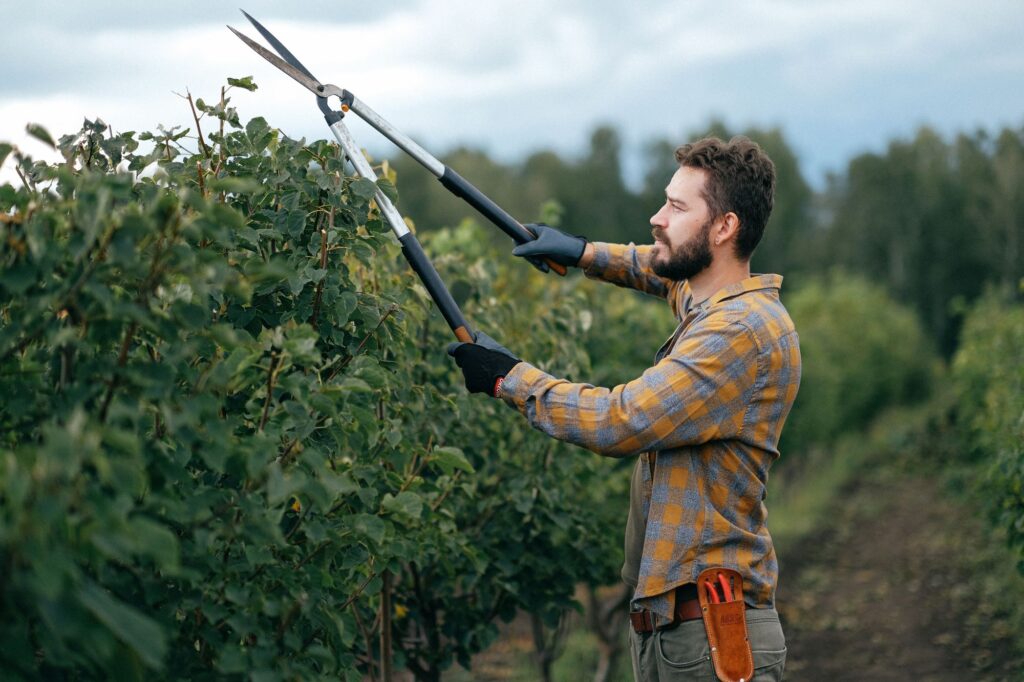
Mid-summer is the time to start winter gardening
It’s a steamy day in mid-July. The last thing you are thinking about is eating turnips in November, but you should be! The key to successful winter gardening is starting in the summer. This allows you to have mature plants in time for the first frosts in October. Here’s how.

These bok choy are ready for winter.
Amy’s favourite winter vegetables: What plants do I plant for a successful winter garden?
Check out this video for a quick summary of starting seeds for winter.

Days to maturity
Our first frost arrives in mid-October in the London area in a typical year. If you plant your winter garden in late August, you will have about 50 days until the first frost. This means that you will be looking for vegetables that mature in 50 days or less. On your seed package, this would be listed as “50 days”.
Frost-tolerance
To further extend your winter gardening experience, look for plants that are cold tolerant. This means the plants can withstand a frost or cool weather and still be edible. For a description of plants best suited for the winter garden see our article here or this great article.
In general, leafy greens are great for winter gardens. Leaves can be harvested at any stage- you don’t need to wait for them to ripen like a tomato. Lettuce, spinach, brassica greens, dill, cilantro and mache (corn salad) are all great options. You can also plant for a fall harvest instead of winter. This allows you to expand your choices to green beans, fennel, turnips and kohlrabi.
Direct seed or transplant
Consistent soil moisture is the key to successful germination. This can be tricky in the summer with dry spells and the hot sun drying the soil. For best results, germinate your seeds in containers then transplant into the garden about a month later. This is a great article about starting seeds. Since you will be growing seeds in the height of summer, your challenges are different from seed starting in March/April. You will need to be diligent that you keep the soil moist. However, the warm temperatures will discourage fungi that cause damping off, so you can rejoice if you have problems with this disease before.
A benefit of this method is you will get larger plants that you can properly space. Giving plants space allows for air to circulate around the plants and this can lessen disease occurrence. The day you transplant into the garden is day 1 of the vegetable’s days to maturity.

These lettuce seedlings will need to be transplanted into larger pots for a few weeks before transplanting into the garden.
For crops that you plant in great quantity, making transplanting a challenge, then direct seeding is a good option. For me, this is spinach. Other crops do not grow well after having their roots disturbed. This includes parsley, dill and radishes. You may want to direct seed these crops into the garden.
Tips
You will be growing young plants in August. This unfortunately is prime season for weeds to grow. Keeping the seedlings and transplants weed free is critical to the plants yielding well and remaining healthy. For weeding advice, see this article.
Now you are ready for successful winter gardening! All you have to do is start in mid-summer!





About The Author: Amy Turnbull
Scientist, researcher and professor at Fanshawe College. Avid grower of edibles in her home garden.
More posts by Amy Turnbull